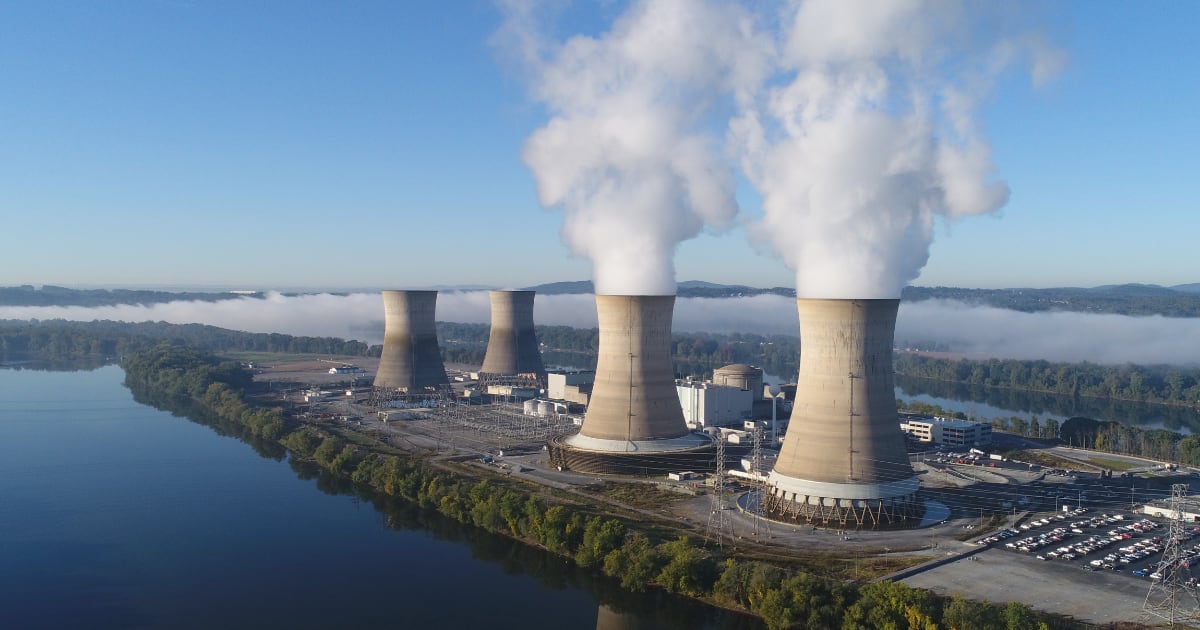Microsoft to buy 100% of generation from the most troubled US nuclear plant to power its AI servers
The Washington Post reports on the restoration and restart of the Three Mile Island nuclear power plant in Pennsylvania. Microsoft has entered into an agreement with Constellation Energy, the owner of the nuclear power plant, to guarantee its AI infrastructure a reliable supply of electricity for the next 20 years. According to the agreement, the plant, which was supposed to close permanently in 2019 due to financial instability, will be restored by 2028.
Here's What We Know
According to the publication, if state regulators approve the decision, Three Mile Island will provide Microsoft with enough energy to power 800,000 homes or 835 megawatts. No nuclear power plant in the United States has ever returned to operation after a shutdown, and never before has the entire output of a single commercial nuclear plant been supplied to a single customer.
According to Joseph Dominguez, Constellation's chief executive, the four-year restart plan will cost his company approximately $1.6 billion and is dependent on federal subsidies in the form of tax credits. The unit that Constellation plans to launch is located next to the one that failed 45 years ago.
The sprawling data centres required by Microsoft and other digital giants to develop their AI infrastructure have become so large and energy-intensive that they are putting a significant strain on existing power sources across the country. This agreement is one of the ways to address the energy problem created by the rapid growth in the number of servers needed to run AI.
The announcement of Microsoft's deal follows an agreement Amazon reached with Talen Energy to purchase electricity from the financially troubled Susquehanna nuclear power plant for a data centre in Pennsylvania.
The Three Mile Island Nuclear Power Plant accident in 1979
On 28 March 1979, a serious nuclear accident occurred at the Three Mile Island nuclear power plant in Pennsylvania, USA, which is considered to be the worst in the country's history. A combination of technical malfunctions and human error resulted in a partial core meltdown at the second unit. This led to the release of small amounts of radioactive substances into the environment. Although there were no direct casualties, the incident caused widespread panic and increased public distrust of nuclear power. The accident was a turning point for the industry, prompting the introduction of stricter regulations, improved safety protocols and personnel training.
Source: Washington Post
